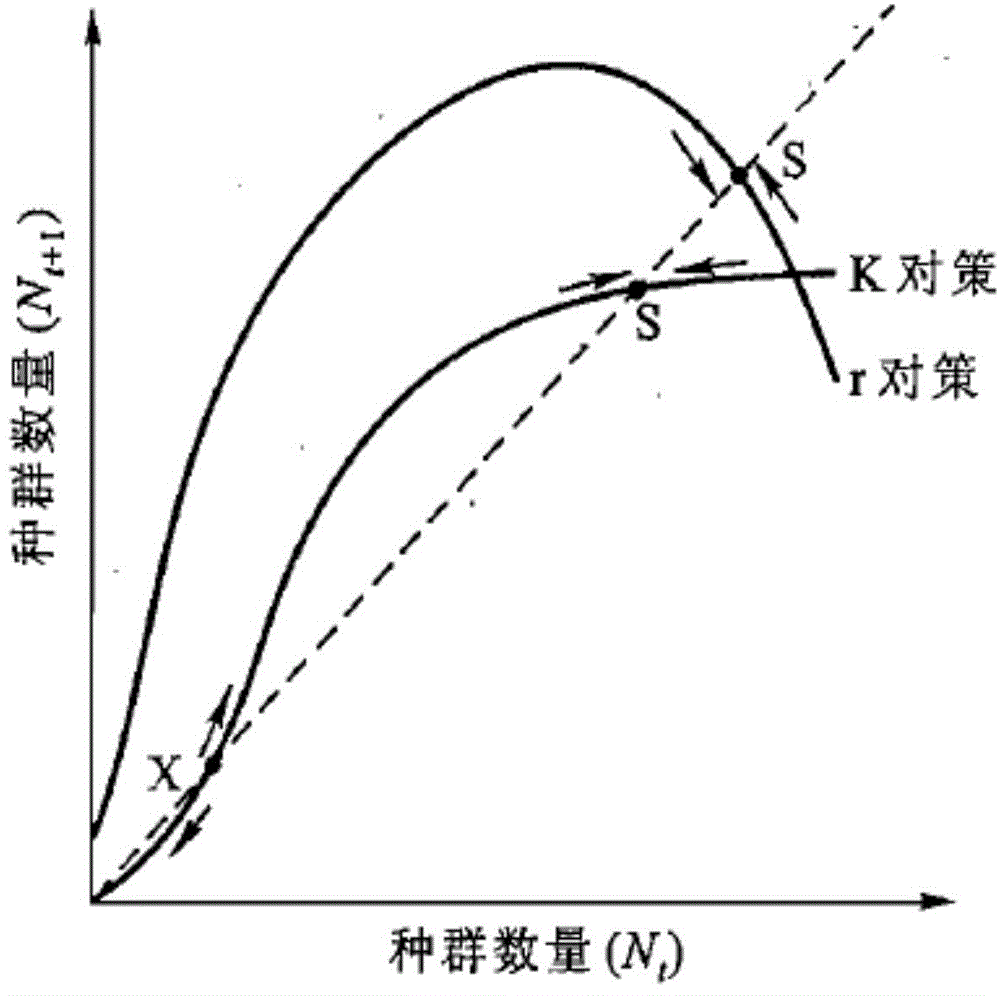Panda wild-training method
A training method and technology of giant pandas, applied in the field of wild training of giant pandas, can solve the problems of weakening giant pandas' ability, unfavorable healthy development of giant panda population, decline of disease resistance, etc., and achieve an effect that is conducive to protection
- Summary
- Abstract
- Description
- Claims
- Application Information
AI Technical Summary
Problems solved by technology
Method used
Image
Examples
Embodiment 1
[0042] A kind of wild training method of giant panda, comprises the following steps:
[0043]The first training stage: select the natural forest land to build the first training circle for giant pandas, train and raise the mother panda and the giant panda cubs in the first training circle, and put fresh white paper to the mother panda three times a day A total of 20kg of bamboo, 0.8kg of special cornbread, and 6kg of bamboo shoots are eaten by giant pandas such as bamboo, bitter bamboo, and square bamboo. The ratio of bamboo feed to special cornbread is controlled at 32.5:1; Fruits such as apples, pears and oranges, 1kg per day.
[0044] The second training stage: Use fences to form a second training circle. The second training circle is the natural habitat of wild giant pandas. Bamboo grows in the second training circle. According to the proportion of 4% of the food intake of giant panda females, put special cornbread, raise and train for 18 months; set up three natural enem...
Embodiment 2
[0048] A kind of wild training method of giant panda, comprises the following steps:
[0049] The first training stage: select the natural forest land to build the first training circle for giant pandas, raise the mother panda and the cubs together in the first training circle, and put fresh white bamboo to the mother panda twice a day 12kg of bamboo, 1.1kg of special cornbread, 5kg of bamboo shoots, etc., which giant pandas like to eat, control the ratio of bamboo feed to special cornbread at 15.5:1; in addition, put some apples to giant pandas every day , pears and oranges and other fruits, 2kg per day.
[0050] The second training stage: Use the fence to form the second training circle. The second training circle is the natural habitat of wild giant pandas. Bamboo grows in the second training circle. The ratio of % is to put special steamed buns, and they are raised and trained for 17 months; 4 natural enemy models of giant pandas (leopard, jackal, green weasel and yellow-...
Embodiment 3
[0054] A kind of wild training method of giant panda, comprises the following steps:
[0055] The first training stage: select the natural forest land to build the first training circle for giant pandas, raise the mother panda and the cubs together in the first training circle, and put fresh white bamboo to the mother panda twice a day Bamboo, bitter bamboo, square bamboo and oxtail bamboo are 20kg of bamboo that giant pandas like to eat, 1.0kg of special steamed bread, and 4kg of bamboo shoots. The ratio of bamboo feed to special steamed bread is controlled at 24:1; Fruits such as apples, pears and oranges, 2.5kg per day.
[0056] The second training stage: Use fences to form a second training circle. The second training circle is the natural habitat of wild giant pandas. Bamboo grows in the second training circle. According to the proportion of 5% of the food intake of giant panda females, put special cornbread and feed them for 16 months; set up five natural enemy models o...
PUM
 Login to View More
Login to View More Abstract
Description
Claims
Application Information
 Login to View More
Login to View More - R&D Engineer
- R&D Manager
- IP Professional
- Industry Leading Data Capabilities
- Powerful AI technology
- Patent DNA Extraction
Browse by: Latest US Patents, China's latest patents, Technical Efficacy Thesaurus, Application Domain, Technology Topic, Popular Technical Reports.
© 2024 PatSnap. All rights reserved.Legal|Privacy policy|Modern Slavery Act Transparency Statement|Sitemap|About US| Contact US: help@patsnap.com








